Buy Amanita Muscaria – Discover the Legendary Mushroom Online
Looking to buy Amanita muscaria from a trusted source? You’re in the right place. Amanita muscaria, also known as fly agaric, is one of the most iconic mushrooms in the world. With its vivid red cap and white speckles, this mushroom captures attention in forests and pop culture alike. Whether you’re an enthusiast, researcher, or collector, our premium-grade Amanita muscaria mushrooms offer authenticity, quality, and reliability in every order.Mushroom Growing Kit
Amanita Muscaria for Sale – Ethically Sourced and Carefully Handled
We offer Amanita muscaria for sale that is responsibly sourced from natural environments where these mushrooms grow symbiotically with birch and pine trees. Each specimen is selected for its purity and preserved to maintain its integrity and properties. We ensure careful handling from harvest to packaging, maintaining high standards so you receive mushrooms in peak condition.
Amanita Muscaria for Sale Online – Secure, Simple, and Fast
Our platform makes it easy to buy Amanita muscaria for sale online with just a few clicks. Enjoy a smooth shopping experience with secure payment options and discreet, prompt shipping. We deliver across the UK and internationally, including England, Scotland, and Northern Ireland. No need to guess where to buy Amanita muscaria—shop directly from a source you can trust.
Why Choose Our Amanita Muscaria Mushroom?
The Amanita muscaria mushroom has a rich cultural and ethnobotanical history. Traditionally used in indigenous Siberian rituals, it has captivated researchers and spiritual seekers alike for centuries. While known for its psychoactive compounds—muscimol and ibotenic acid—proper preparation reduces toxicity and enhances usability. We encourage responsible and informed use.
Order Amanita Muscaria with Confidence
Ready to explore one of nature’s most fascinating fungi? Choose us to buy Amanita muscaria with confidence. Our team prioritizes quality, transparency, and customer satisfaction. Whether you’re a seasoned collector or new to mycology, we provide the support and product integrity you need. Shop now and experience the mystique of Amanita muscaria delivered to your door.
| Quantity | 1 Oz, 1\4 Lbs, 1/2 Lbs, 1 Lbs |
|---|
Only logged in customers who have purchased this product may leave a review.
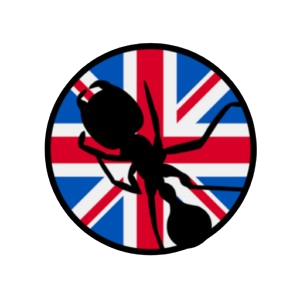

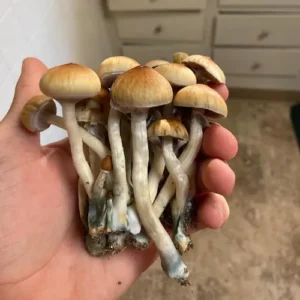
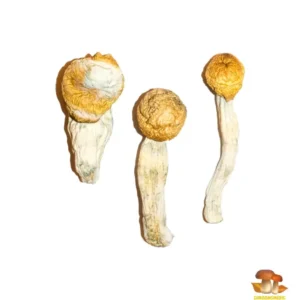
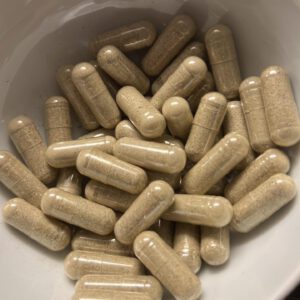
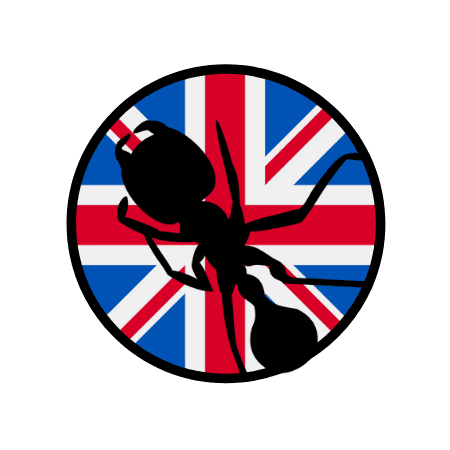
Reviews
There are no reviews yet.